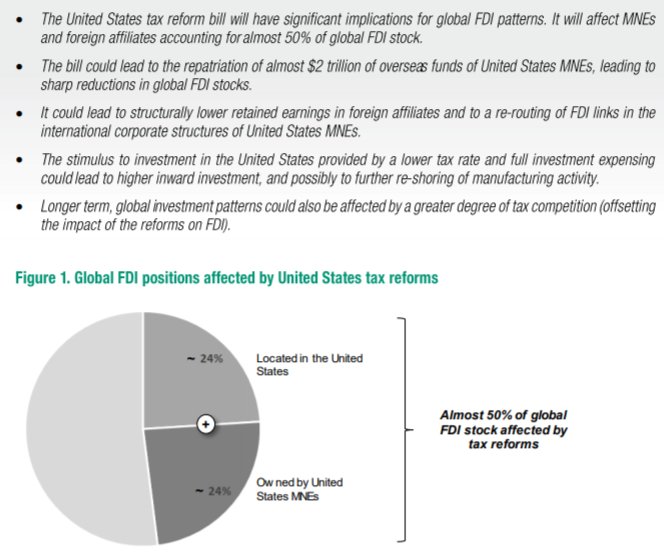Before the crisis China was suppressing domestic investment and growth (hard limits on lending) to avoid overheating with an obviously undervalued exchange rate.
manufacturing surplus rises (in USD terms) from $600b to close to a trillion etc
cfr.org/report/return-…















